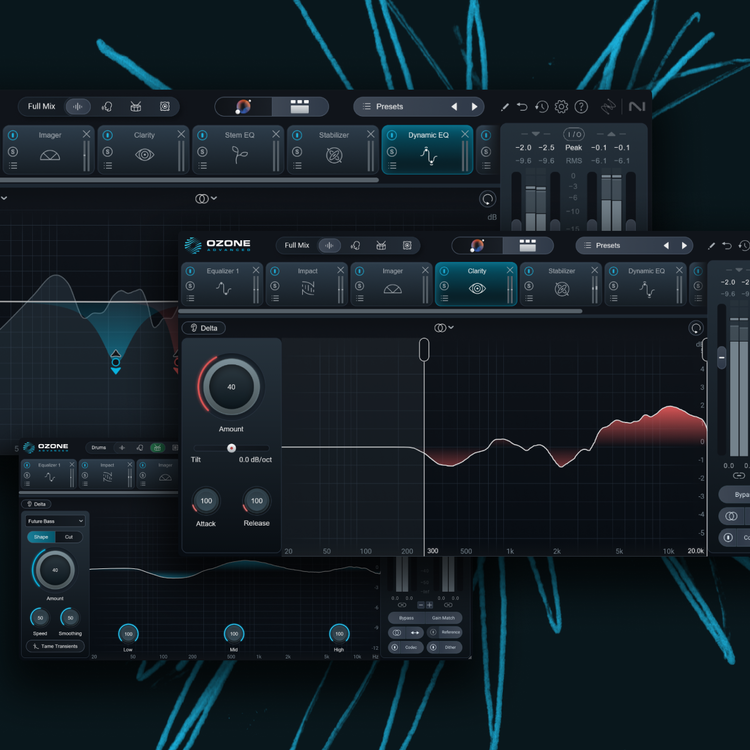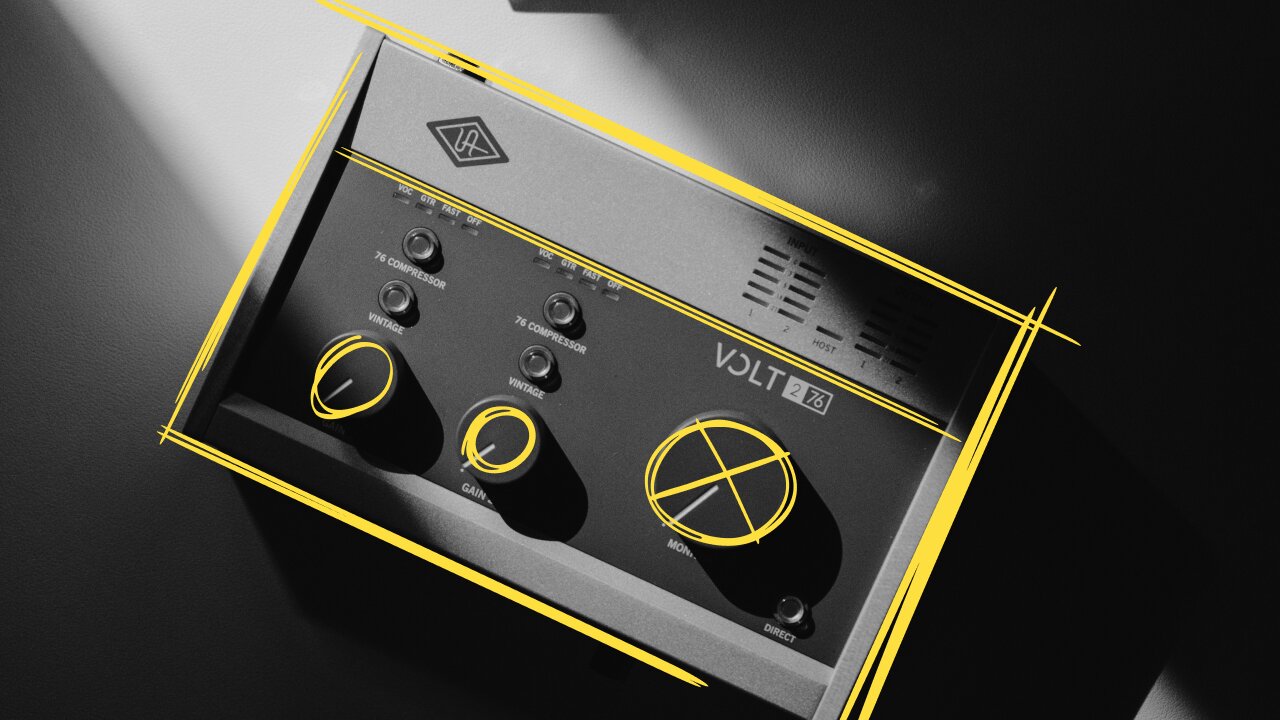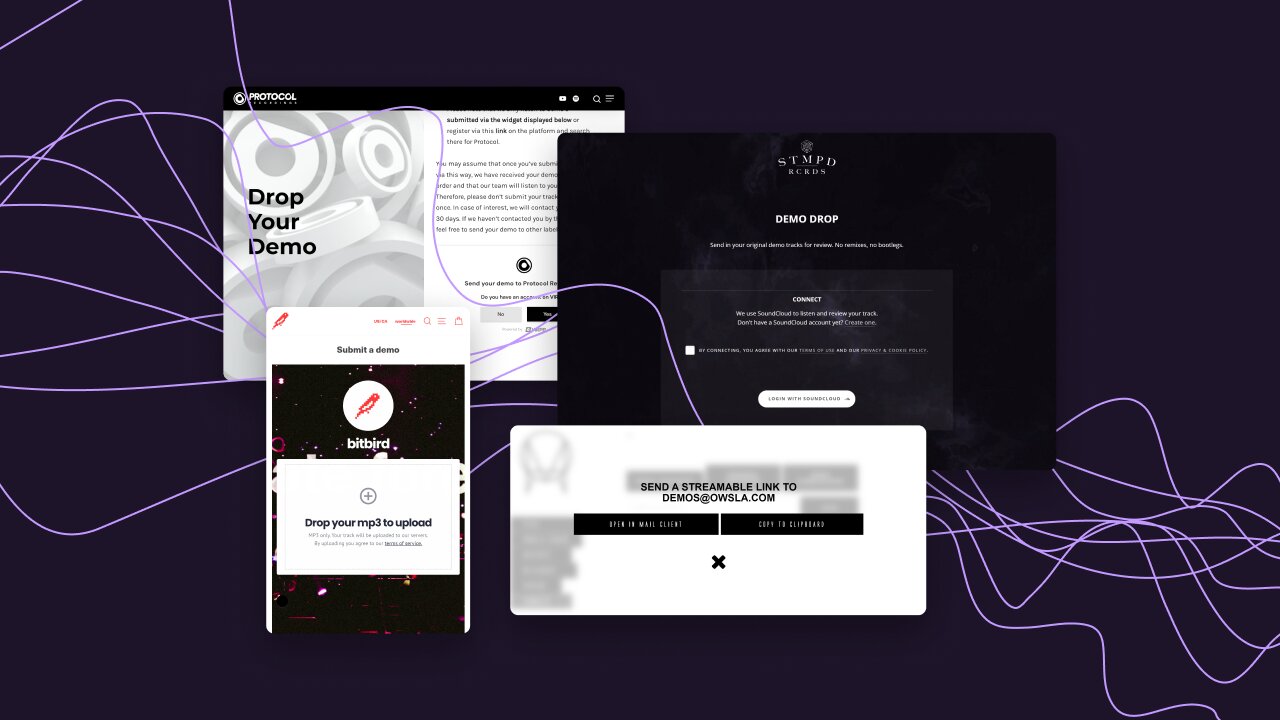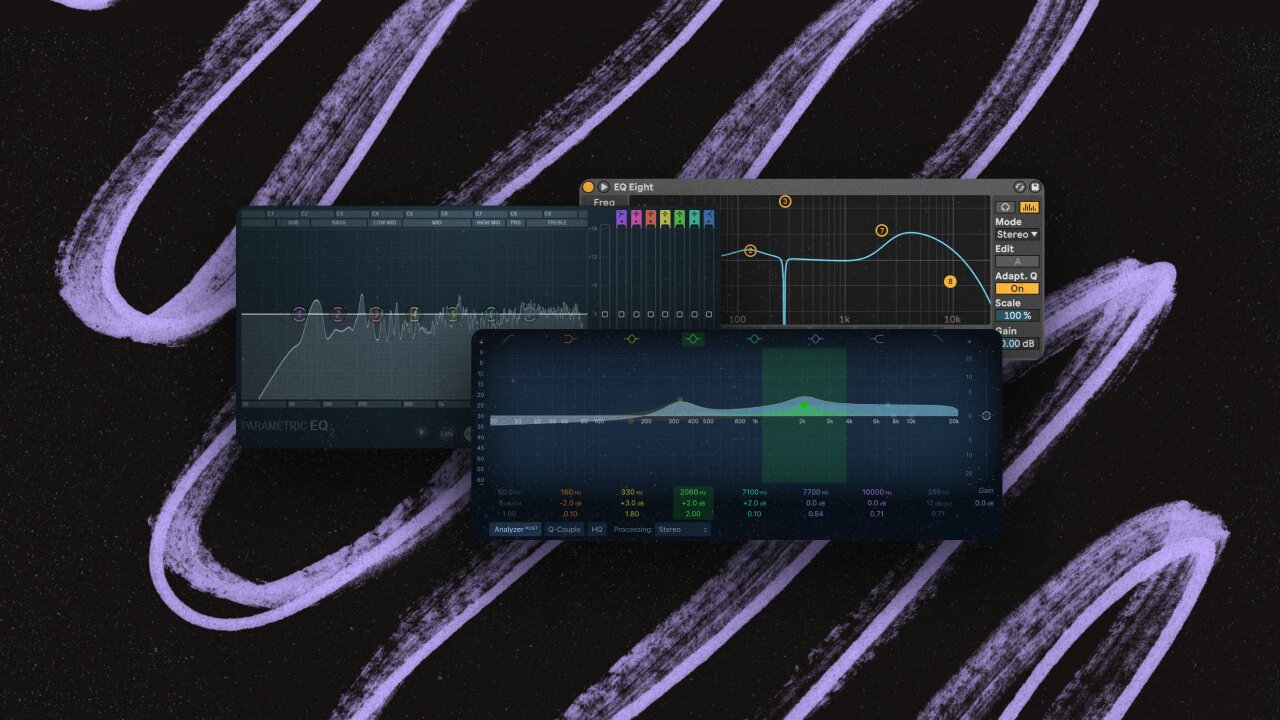Ozone 12 – Worth the hype? (Our review)
Ozone by iZotope is probably the most well-known mastering plugin suite. Now that Ozone 12 has just dropped, let’s see if it’s worth the hype.
Let’s be real… mastering is important, but not the most important thing.
The idea of your song, the mix itself, and even things like the arrangement should come way before mastering in your priority list. Let’s settle that first, since a “good master” is not going to fix a “bad mix”.
That said, when you get to the mastering stage, that’s where a good song becomes a great record.
iZotope Ozone 12 is the latest version of the all-in-one mastering suite that a lot of us reach for when the clock is ticking and the mix still needs polish.
But is Ozone 12 actually worth the hype (and the price tag)? Let’s find out!
What is Ozone 12?

If you’re new to this: Ozone is a mastering plugin that bundles multiple modules—EQ, Dynamics, Maximizer, Imager, Exciter, Match EQ, Low End Focus, Stabilizer, and more—all inside one “mothership” plugin.
With the new Ozone 12, iZotope now ships 14 modules in Standard and 20 in Advanced, and a few more incredible new features we’ll get to shortly.
It’s built for mastering first. Think of it like a pro mastering chain that’s been road-tested for years, wrapped in a clean UI, with AI/ML features that speed up decisions without boxing you in.
What’s new in Ozone 12 (vs Ozone 11)?
Here’s the real upgrade meat:
- Stem EQ (Advanced): EQ vocals, bass, drums, and “other” inside a stereo master via stem separation—brilliant for quick vocal brightness or taming a boomy kick without opening the mix session.
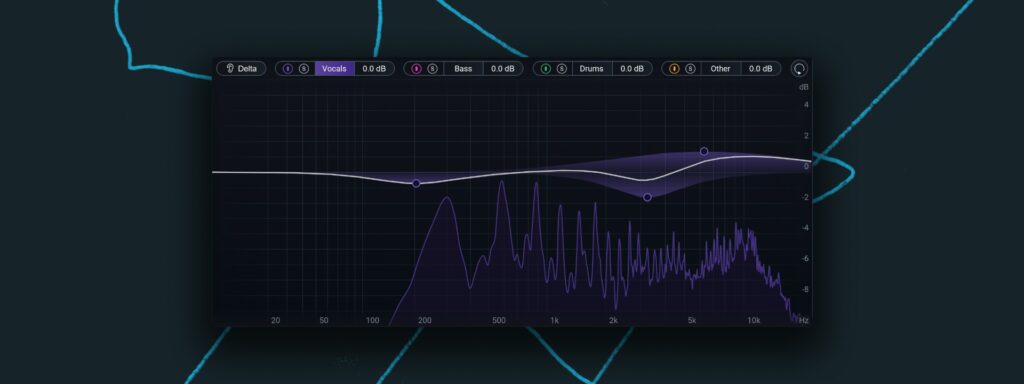
- Bass Control: A new low-end module that analyzes and shapes bass so it hits consistently across systems.
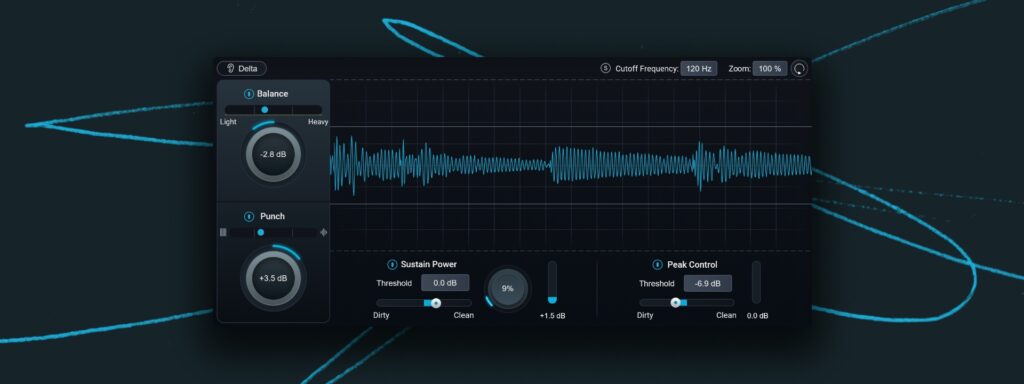
- Unlimiter (Advanced): Essentially an “undo” for over-squashed mixes—restores lost transients/dynamics surprisingly transparently.

- Maximizer IRC 5: A new limiting mode that pushes louder with fewer artifacts/pumping.

- Master Assistant: Custom Flow: Instead of one-click mystery sauce, you can choose modules, set LUFS targets, and guide the chain—it “guides, not decides.”
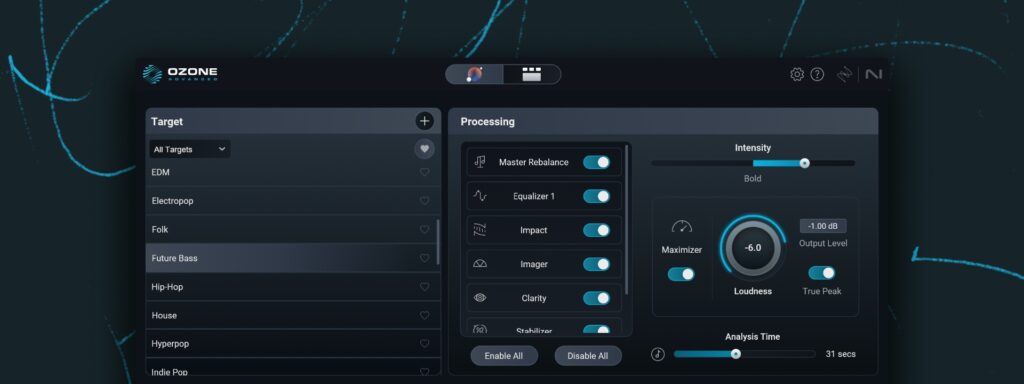
If you’re coming from Ozone 11, remember that was the release that introduced Clarity, Stem Focus, Transient/Sustain modes, Upward Compress, and Assistive Vocal Balance—12 builds on that foundation with deeper control and new modules.
Ozone 12’s AI—what it is (and what it isn’t).

iZotope had machine learning in Ozone way before the current AI hype cycle. Master Assistant dates back years.
However, with Ozone 12, the Assistant becomes genuinely useful: you can set goals, select modules, and tailor the chain to your track and genre instead of relying on a black-box preset. It’s faster starting points with creative control, which is how it should be in mastering.
Put differently: in Ozone 11, many advanced users (myself included) mostly skipped the Assistant. Why? Because we know what our master should sound like. Ozone 11 didn’t know that, but in 12, the Custom Flow allows you to define the sound you’re looking for.
If you’re a complete beginner who has watched only one or two YouTube videos on mastering, and you don’t really know what your master should sound like, the AI assistant in Ozone 12 can be genuinely helpful, guiding you through the mastering process.
Versions & pricing (and what you actually get).
- Elements – Master Assistant (now with Custom Flow), Tonal Balance metering, Assistive Vocal Balance. It’s a taste of Ozone, not the full lab. ($55 USD)
- Standard – 14 modules inside the mothership (Maximizer with IRC 5, EQ/DynEQ, Dynamics, Imager, Exciter, Match EQ, Stabilizer, etc.) plus Transient/Sustain modes. ($219 USD)
- Advanced – 20 modules (also as separate plugins), Stem EQ, Unlimiter, Bass Control, Stem Focus workflow, plus bonus tools (Tonal Balance Control 2, Relay, Audiolens). ($499 USD)
Note: USD list prices shown here—regional pricing can vary. Also, if you own any previous Ozone version, you might be eligable for special upgrade pricing.
If you want to compare all three versions in full detail, iZotope has a compare page where you can see what version offers what.
Who is Ozone for?
- Beginners: If mastering feels mysterious, Ozone’s guardrails help you avoid the obvious traps—harsh EQ moves, weird stereo, crushed dynamics. The Assistant plus metering/Tonal Balance gets you “release-ready” faster.
- Intermediate producers: You’ll love the workflow. It’s all in one place, modules are purpose-built for mastering, and referencing is painless. New Bass Control and IRC 5 will likely improve your translation across systems.
- Advanced users/engineers: The value is speed and specificity. Stem EQ is a legit time-saver for last-minute vocal or kick fixes. Unlimiter can rescue client mixes that arrive over-limited. And Advanced’s component plugins slide into pro chains cleanly.
Also worth noting: Ozone is widely taught and used across the industry, and respected reviews have long called Ozone industry-standard mastering software. That reputation didn’t appear overnight.
Do you “need” Ozone?
No. You can absolutely master with stock plugins or a patchwork of third-party tools.
But Ozone earns its keep because the modules are mastering-focused, mature, and tuned to play nicely together. You get fast, reliable results in one window, with deep control when you need it. That matters when deadlines—and client expectations—are real.
It’s not a must-have, but if you have it, you’ll absolutely love using it and the results you get.
Is Ozone 12 worth the hype?
Generally, yes. For bedroom producers and working mixers, Ozone 12 is a meaningful upgrade in capability and workflow, not just a UI reskin.
The new modules (Stem EQ, Unlimiter, Bass Control) + IRC 5 limiting + a more steerable Assistant make it easier to get loud, clean, and powerful masters while keeping you in control. It’s the rare “AI” update that actually gives you more control, not less.
Let’s just say there’s a good reason why you see pros use Ozone all the time.
Should you upgrade?
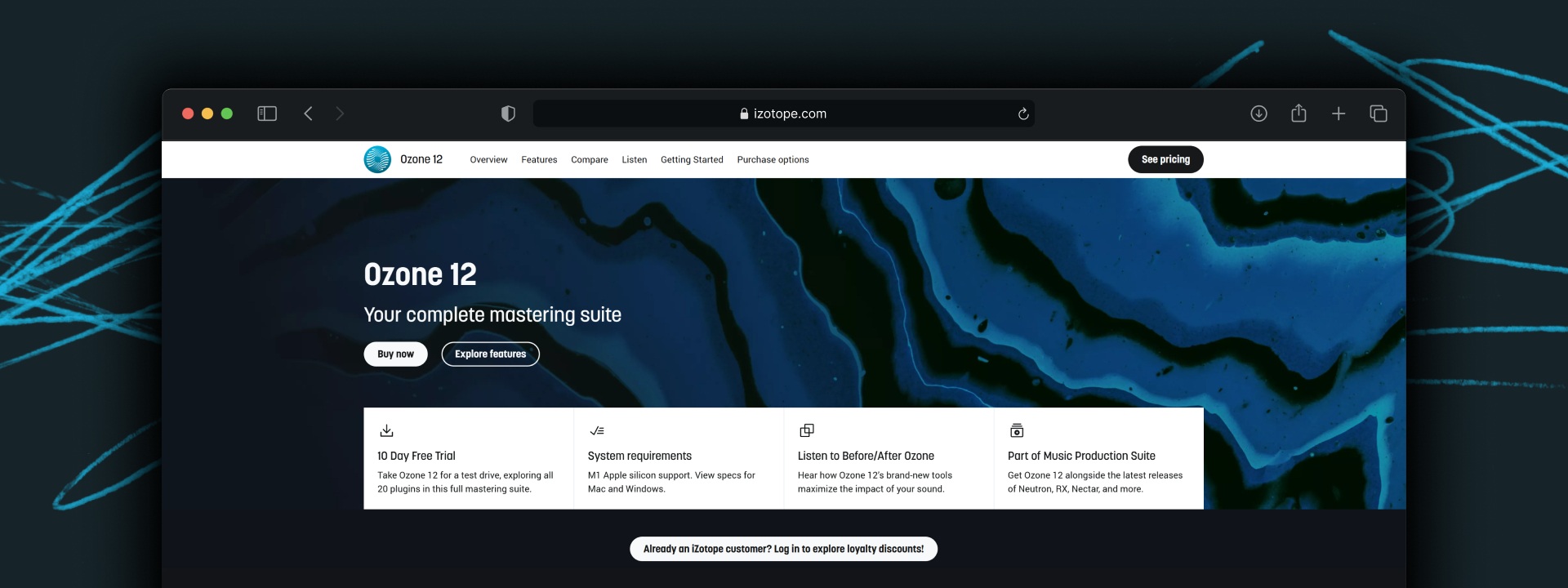
Here’s my honest take based on features and value:
- On Ozone 11: Upgrade if you want the new modules (Stem EQ, Unlimiter, Bass Control) or if you regularly master from stereo bounces and need better separation/repair tools. If 11 already covers you and you don’t crave these, you can probably sit tight and wait for the next one.
- On Ozone 10: Upgrade is easier to justify. You’ll get everything 11 added (Clarity, Stem Focus, Transient/Sustain, Upward Compress) plus the 12 goodies. That’s a lot of real capability.
- On Ozone 9 or earlier: Do it. Between 10/11/12 you’re gaining modern assistance, better limiting, smarter tonal tools, and stem-aware workflows that didn’t exist back then.
- New to Ozone: If you master your own tracks regularly, it’s worth it. Not cheap, but it will likely be your main mastering hub for years.
The most important bit: Free Demo!
No matter if you plan on upgrading or if you’re new to Ozone, download the free demo first—try it, test it, and see if you like the workflow and results you’re getting.
Which edition?
- If budget allows, Advanced is the move for pros: component plugins + Stem EQ/Unlimiter are game-changers.
- Standard is the sweet spot for many self-mastering producers—IRC 5 + Stabilizer + Imager/Exciter/Match EQ covers a ton.
- Elements is a low-cost way to test the workflow, but it’s intentionally limited. This one is for those who need to master it but don’t want to do the work themselves and let the “assistant” handle it.
Final thoughts
Ozone 12 doesn’t reinvent mastering—but it does make modern mastering faster and more controllable, especially for producers working from stereo bounces. If you’re serious about finishing your own music and want a suite that will actually improve results and consistency, Ozone 12 is easy to recommend. Grab the trial, run it on a mix you know too well, and A/B test it. If it saves you time and gets you closer to the master in your head—that’s your answer.

